Destination Guide
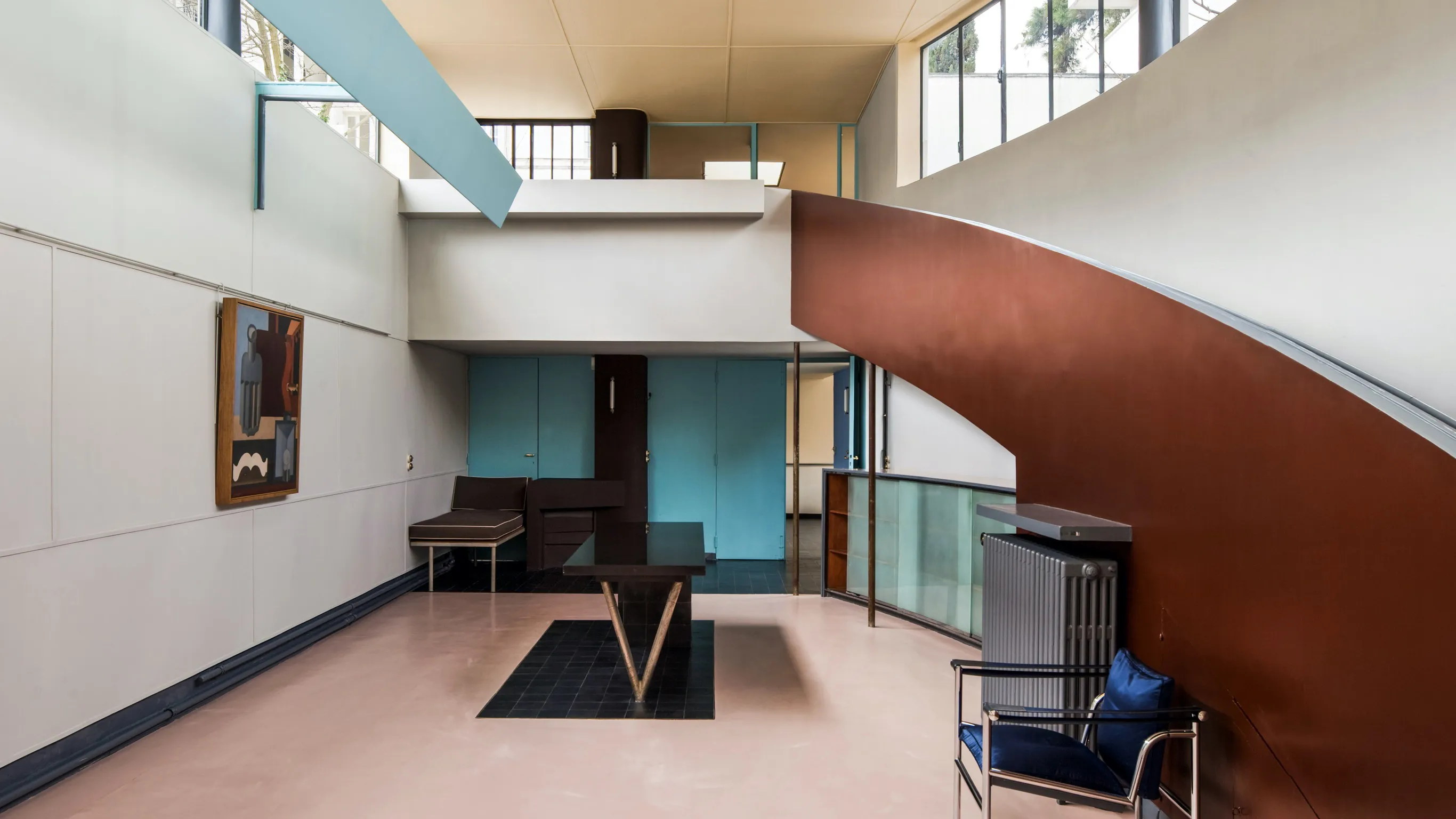
Maison La Roche, Le Corbusier, 1923, @ FLC/ADAGP.
The list runs long: There are exhibitions to hit, boutiques to browse, and more restaurants to squeeze in than there are meals. So we spend days darting between arrondissements rather than settling in, as sidewalk café cliché has long told us we should.
It’s true—Paris is best discovered slowly, unwrapped and savored piece-by-piece. Rush and you’ll miss the important things, like an afternoon whiled away at the park or some clever repartee with the bartender (in rusty French, perhaps, if “clever” is not your priority). For those without all the time in the world—with, say, a long weekend—this guide was designed to help you fake it.
Here, we take a walk through five neighborhoods, exploring each with intention to get a sense of its art, architecture, cuisine, and music. To help curate this guide, we’ve called upon Parisians from our community to share the places that aren’t necessarily “the best” but are wholly theirs. Slow down and we hope that you, too, will discover the pockets of Paris that feel like yours.
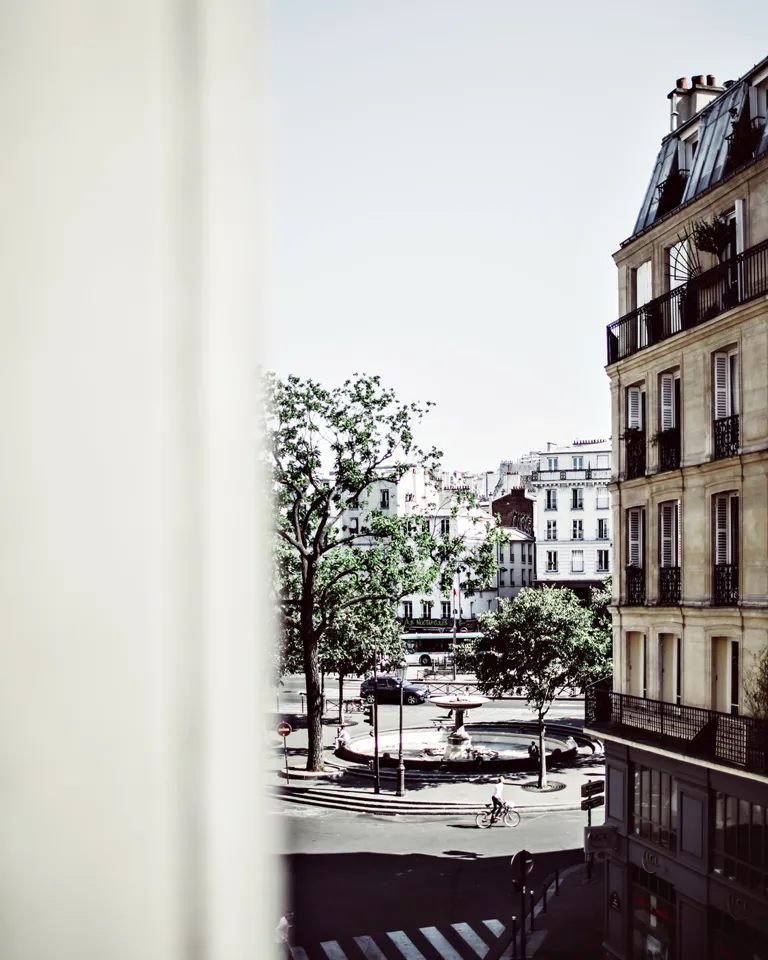
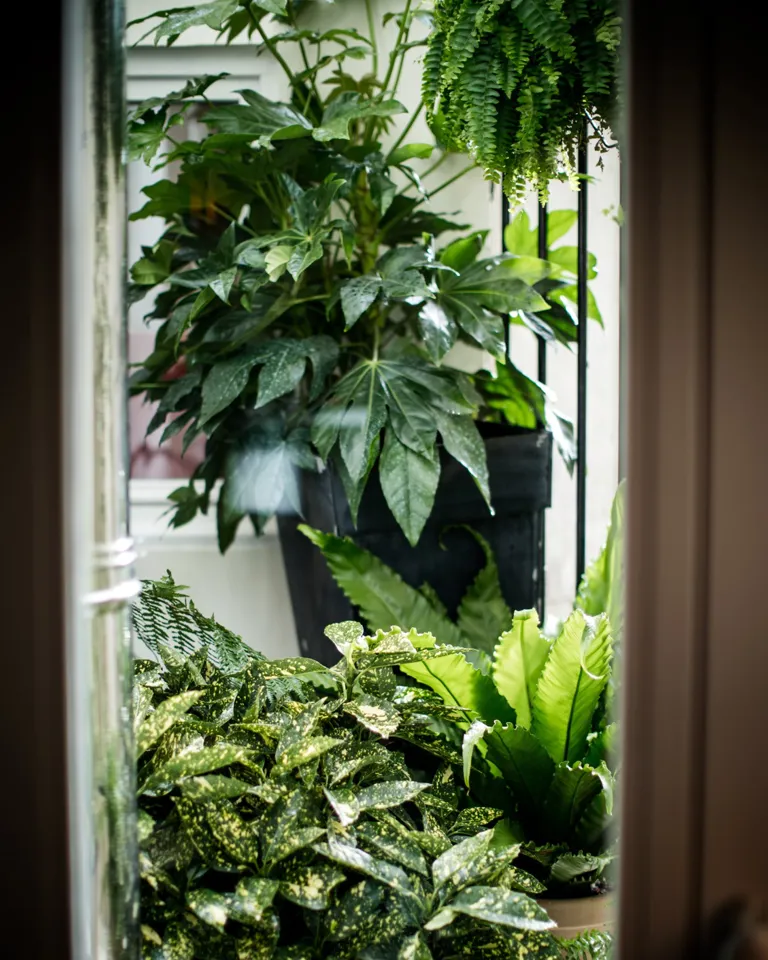
Keep going past the Eiffel Tower: There’s more city to explore. The 16th arrondissement is stately and calm, with crowds petering out past the Trocadéro. Pass the Boulevard Périphérique and enter the Bois de Boulogne. Once a hunting ground for royalty, this sprawling park now hosts a variety of festivals and events throughout the year, including the French Open. While you wander, duck inside the Jardin des Serres d’Auteuil, where a collection of 19th-century cast iron greenhouses are ablaze with tropical plants. While better done by bike, the Fondation Louis Vuitton is a worthy stop to tour the latest exhibition or take in the Frank Gehry architecture from the outside.
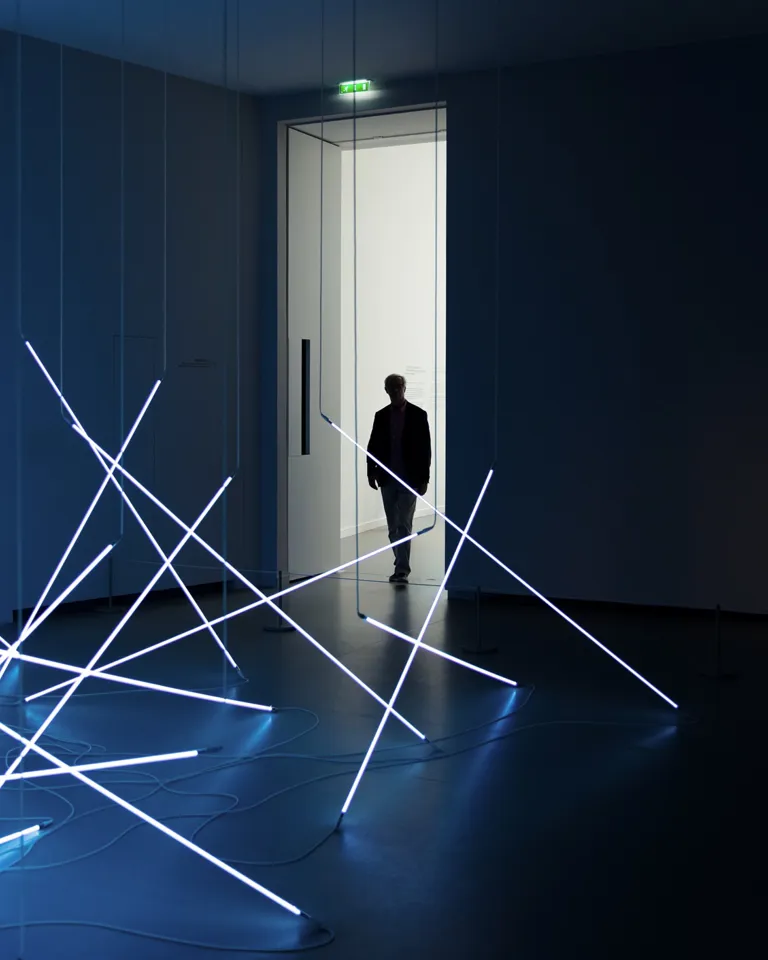
The Fondation Louis Vuitton hosts temporary exhibitions of contemporary art
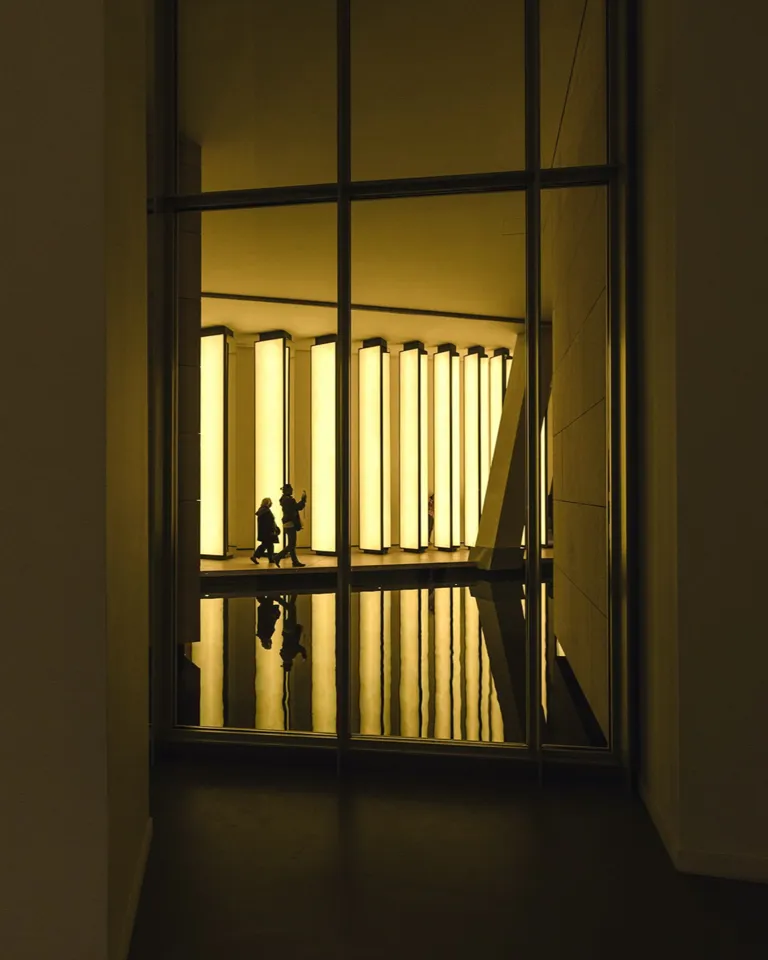
The Fondation is housed in a striking structure by Frank Gehry
Stroll down Rue Mallet-Stevens and you’ll pass five Modernist buildings built by the namesake architect from 1925 to 1927. You’ll also find Galerie 54, which local art curator and writer Vere van Gool lists among her favorite galleries in the city. As van Gool tells us, “the gallery’s ‘Gesamtkunstwerk’ set-up, where the gallery design seamlessly blends with its design objects, offers an exclusive view into the early 20th century.” (Read more of her recommendations in the green box below.)
From there, you’re just steps from one of Le Corbusier’s most iconic creations, Maison La Roche. Now part of the Fondation Le Corbusier, these two homes were built for Le Corbusier’s brother and Raoul La Roche, a Cubist art collector and friend of the architect. A short walk from the Foundation, at 24 Nungesser, you can also find the Molitor building, home to the atelier where Le Corbusier lived for nearly 30 years. Both of these spaces are available to tour.
Dining can run a bit posh in these parts, but you’d be lucky to find yourself at Cravan in the late afternoon for snacks and an expertly mixed cocktail. Set in an Art Nouveau cafe that’s rich in patina, Cravan recently won Le Fooding’s best bar award. Don’t mind the award—a locals-only feel remains.
The 16th arrondissement is home to some of the best examples of Modernist architecture in Paris

Rue Mallet-Stevens features five Modernist buildings by architect Robert Mallet-Stevens

Galerie 54 showcases works by mid-20th century designers, artists, and architects
Long known for its seedy past, Pigalle has been transformed into one of the city’s most vibrant neighborhoods. Some attribute this fresh wave of energy to the Rue des Martyrs, a narrow street lined with specialty shops selling everything from jam to olive oil to honey. Pop into Fromagerie Chataigner for cheeses, Fou de Pâtisserie for cakes, or Rose Bakery for a quick, healthy lunch.
The road crawls to the base of Montmartre. Keep climbing and you’ll reach the Sacré-Cœur basilica for the iconic view of the city sprawl. Montmartre feels more touristy, to be sure, so you may decide to descend once again, stopping in little shops or galleries along the way. Once you reach Pigalle, poke your head into the Duperré Playground, a color-splashed basketball court designed by Ill-Studio and fashion label Pigalle.
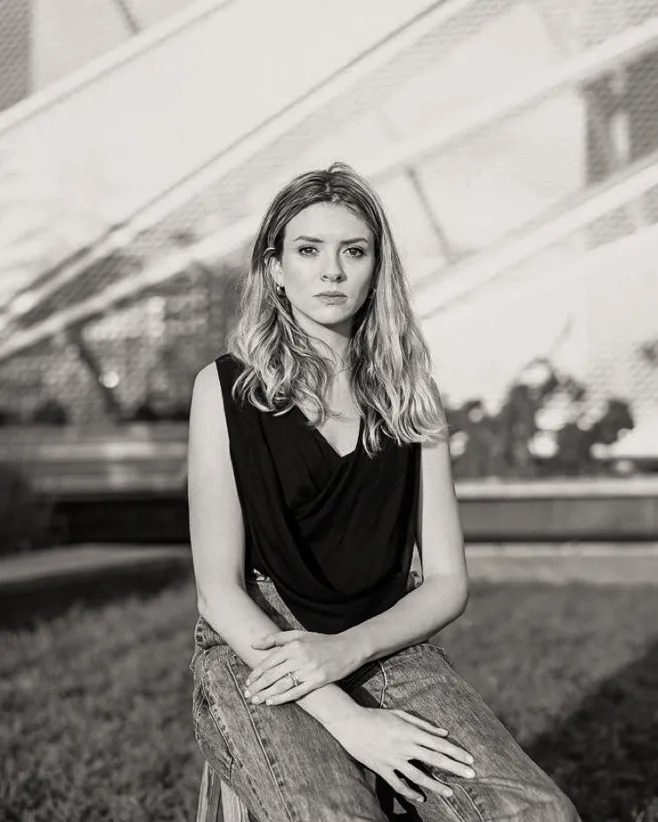
Balice Hertling My favorite contemporary art gallery in Paris. Located in the Marais, Alexander Hertling and Daniele Balice showcase emerging and established artists including Simone Fattal, Ser Serpas, and Pol Taburet who provoke you to re-think togetherness—in terms of artistic medium, site and space, and identity.
White Cube Paris A short walk from the Champs Elysées, White Cube Paris is set in a classic residential building with naturally lit spaces. Committed to special artist presentations, White Cube provides an intimate viewing experience for internationally renowned artists such as Julie Mehretu, Kazunori Hamana, and Minoru Nomata.
Galerie Patrick Seguin Located in a Jean Nouvel-designed space in Bastille, Galerie Patrick Seguin brings together French designers and their estates, including the entire oeuvre of the multifaceted designer Jean Prouvé—ranging from his furniture to architectural elements.
For dinner, it’s Bouillon Pigalle, a rollicking restaurant that meets every need—whether that’s a big group seeking a few bottles of wine (which they have on tap), a couple looking for a cozy banquette, or a solo spirit who craves a window for watching passersby. With French classics like oeuf mayo, escargots, and steak frites at a friendly price, it’s a guaranteed crowd-pleaser.
From there, the town is your oyster. Pigalle is at its best in the evenings, when the neon lights cast their glow and clicking heels echo down the streets. Le Pigalle, on Rue Frochot in the heart of Nouvelle Athènes, is a great first stop. With cocktails at the bar and DJ sets late into the evening, it’s always a vibe on the weekends.
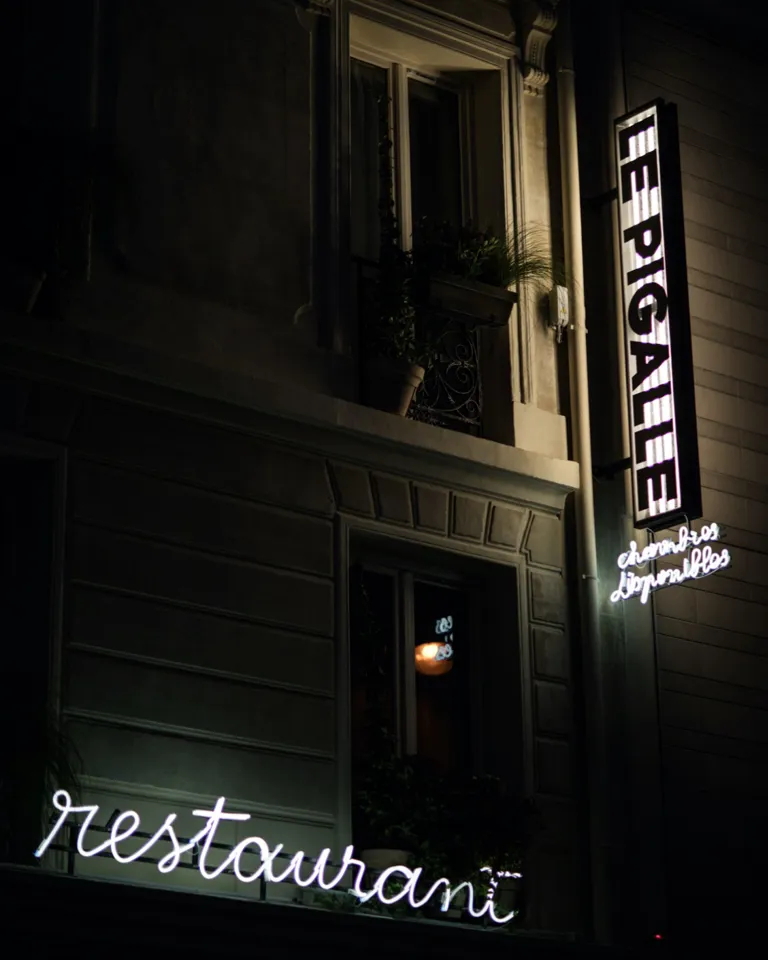
Le Pigalle has deep local roots, true to the neighborhood’s creative past
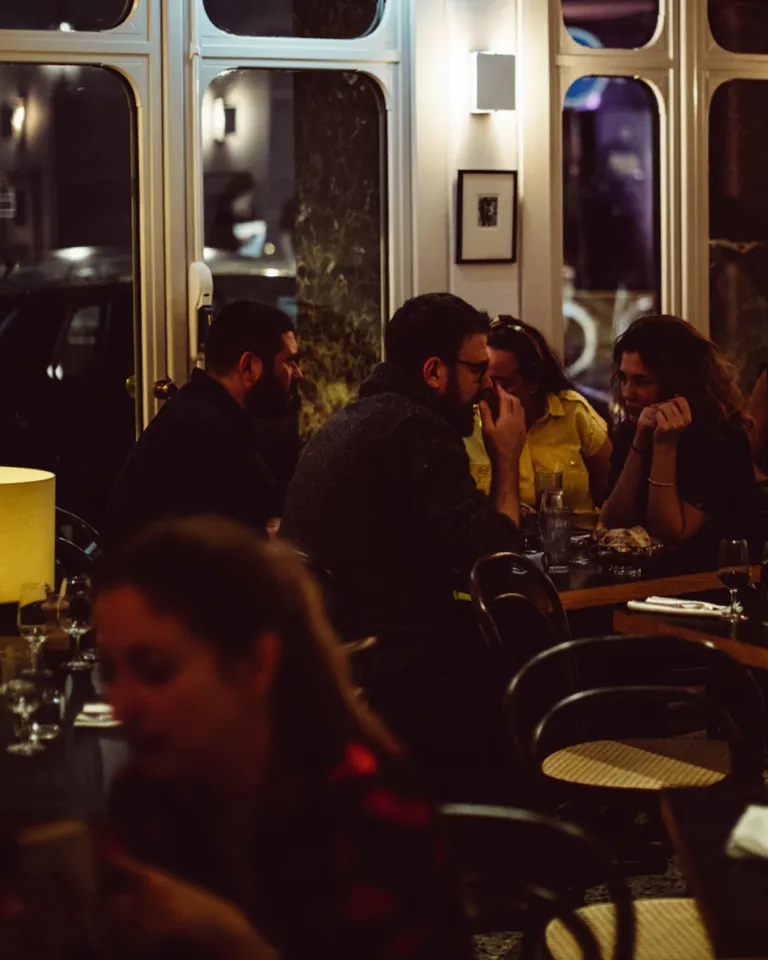
The hotel’s lively ground floor is the heart of Le Pigalle
With shops lined up like books on a shelf—colorful, crooked, and well thumbed-through—buzzing sidewalk cafes, and yes, plenty of tourists, Le Marais simply feels like Paris. The former Jewish district is now home to some of the city’s best art galleries. There’s Balice Hertling (see the green box above), Galerie Thaddaeus Ropac, showcasing American neo-pop to European artists, and Perrotin, which highlights art and design by French and Asian artists.
For lunch, you could join the dependable lines for a sandwich at L’As du Fallafel or Miznon and sneak into the Joseph Migneret Garden to spread out in the grass.
If it’s architecture you’re after, go west to the Centre Pompidou, an iconic edifice built at the tail-end of the 1970s. Delve into the museum, or head straight to the Atelier Brâncuși, dedicated to Romanian-born artist Constantin Brâncuși, who lived most of his life in Paris. Interestingly enough, he spent his later years moving his existing sculptures around, studying their relationship to one another. This replica presents the atelier exactly how he left it.
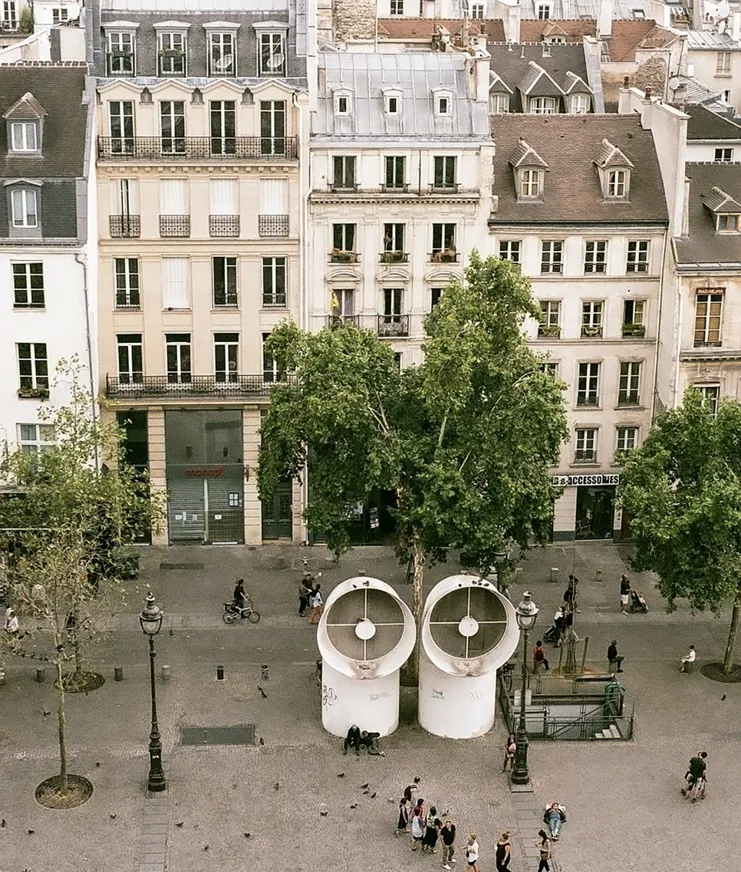
View from the Centre Pompidou, home to Europe’s largest contemporary art collection
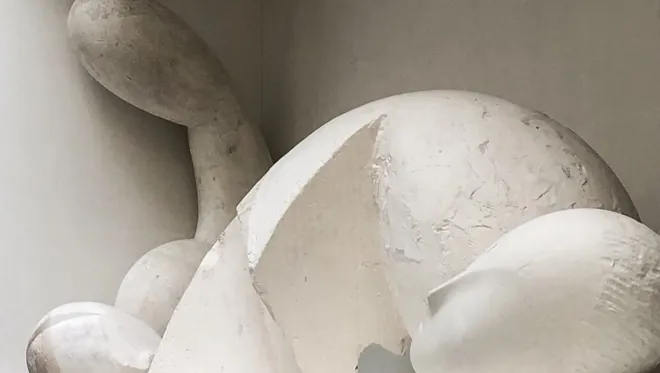
Romanian sculptor Constantin Brâncuși spent much of his life working in Paris

The Atelier Brâncuși presents the atelier exactly how he left it
When night falls, leave the well-trodden territory for Oberkampf, a buzzing section of the 11th arrondissement that’s packed with bars, shops, and some of the city’s most exciting restaurants. Parisian music curator and interior designer Claire Marie Rutledge, represented by Les Filles, recommends a stop at Betino’s Record Shop, which she calls an “institution.” (Read her other favorite record stores in the green box below.)
Reserve a table at Clown Bar, an inventive bistro inside the lush Belle Époque bar. Or, try Early June, a charming buvette that hosts a rotating roster of chefs. For something with an Asian inflection, Le Rigmarole blends Japanese yakitori-style grilling with French techniques and ingredients.
After dark, there’s Les Bains, home to the iconic nightclub that once hosted the likes of Iman, David Bowie, Jean-Michel Basquiat, Grace Jones, and Yves Saint Laurent. The club is open once again, drawing nightcrawlers with live music and DJs.
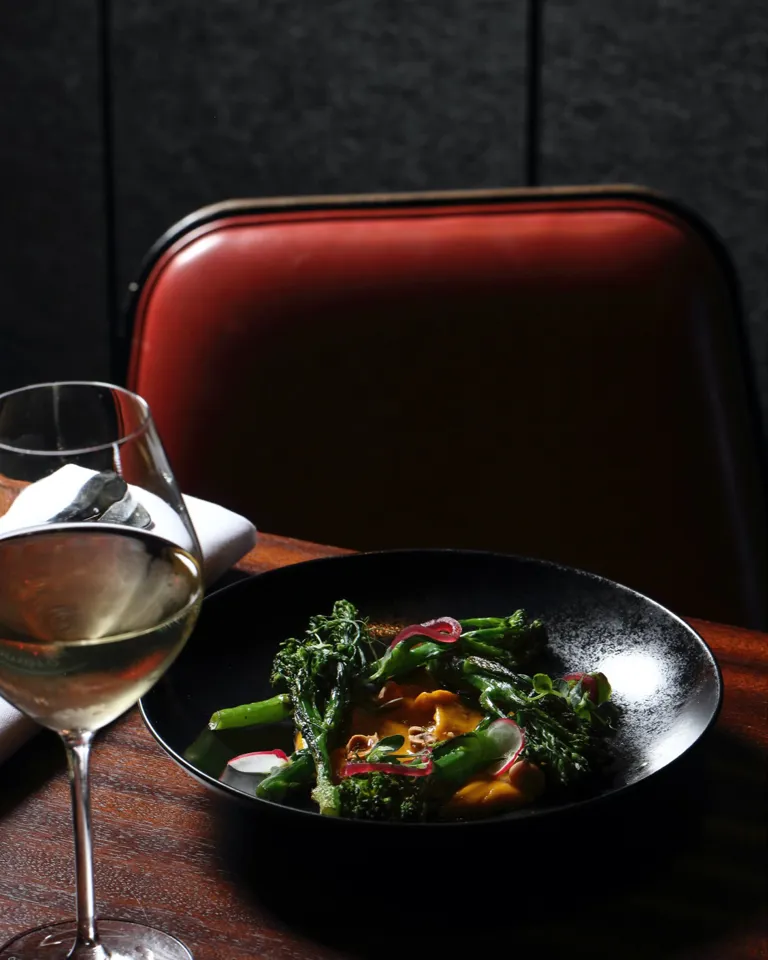
Set in Le Marais, Les Bains was once a bathhouse for the likes of Marcel Proust
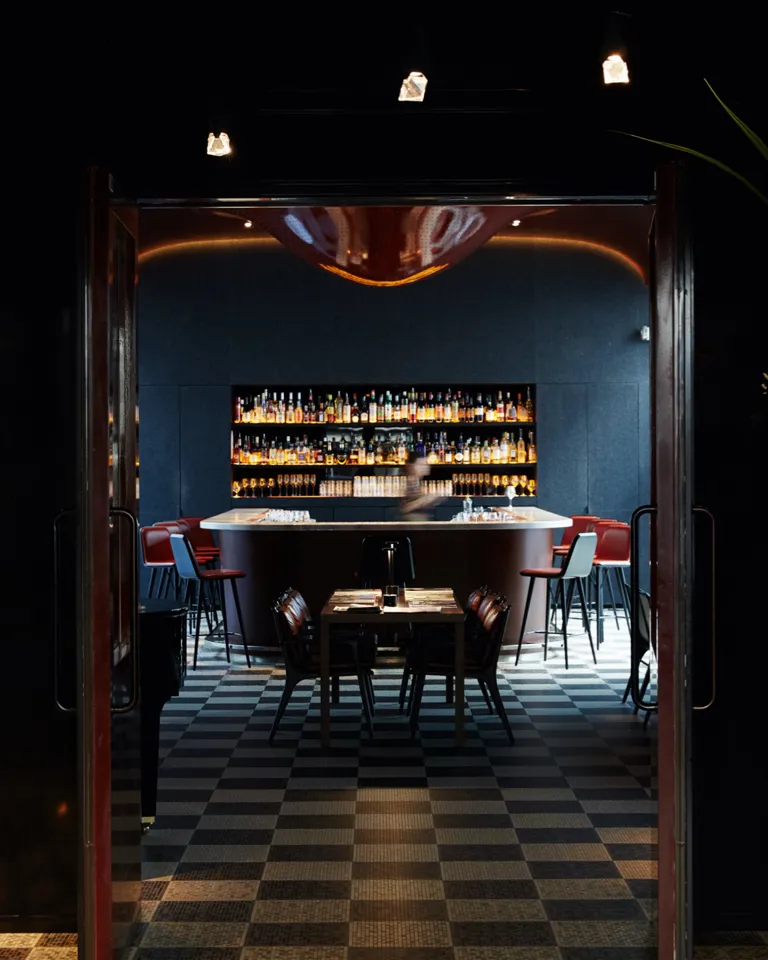
Ceilings curve, walls disappear into darkness, and lights reflect off surfaces
Climb the hill from Oberkampf and you’ll find yourself in Belleville. This was an independent village until the 1860s, then benefited from waves of immigration in the 1900s. Now, it’s one of the most interesting pockets of Paris. While the neighborhood is home to more new builds and fewer Haussmann-style facades, the vibrant local art brings an infectious spirit.
And, naturally, there’s excellent eating to be done. There’s Dong Huang Restaurant, a cavernous spot for the likes of pho and Vietnamese dishes, or Saigon Sandwich for excellent banh mi on-the-go.
From there, it’s a short walk to the Espace Niemeyer, designed by Brazilian architect Oscar Niemeyer and completed in 1980. The modern, undulating structure, which serves as the headquarters of the French Communist Party, also hosts a range of art exhibitions and cultural offerings.
Climb a bit and you’ll land at the Parc des Buttes-Chaumont, one of the loveliest parks in Paris. The rolling green space is home to grassy lawns, running paths, and the Temple de la Sibylle, a miniature version of the famous ancient Roman Temple of Vesta in Tivoli. Rosa Bonheur, tucked inside the park, is a lively spot for snacks and a spritz.
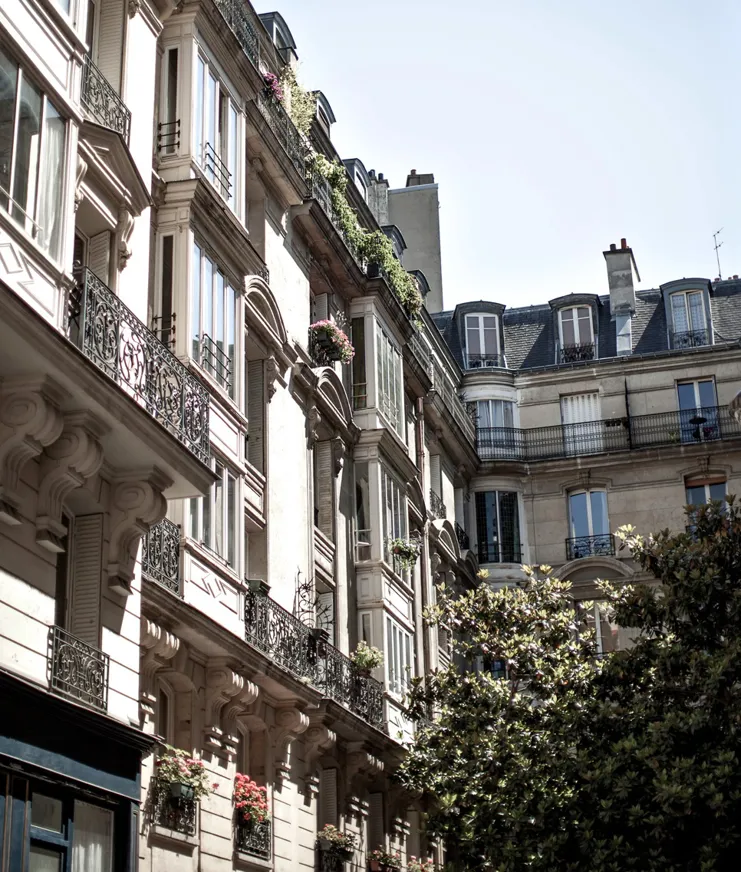
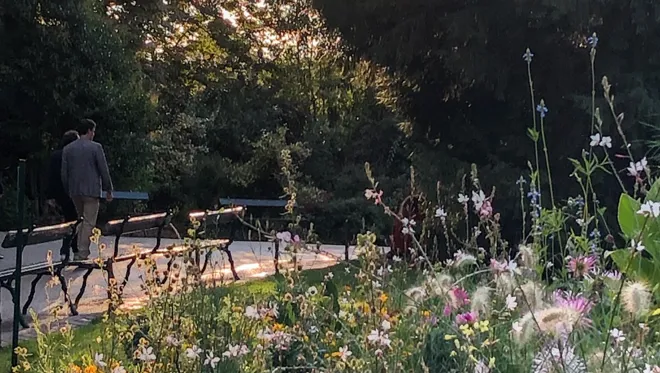
The Parc des Buttes-Chaumont is one of the largest, loveliest parks in Paris
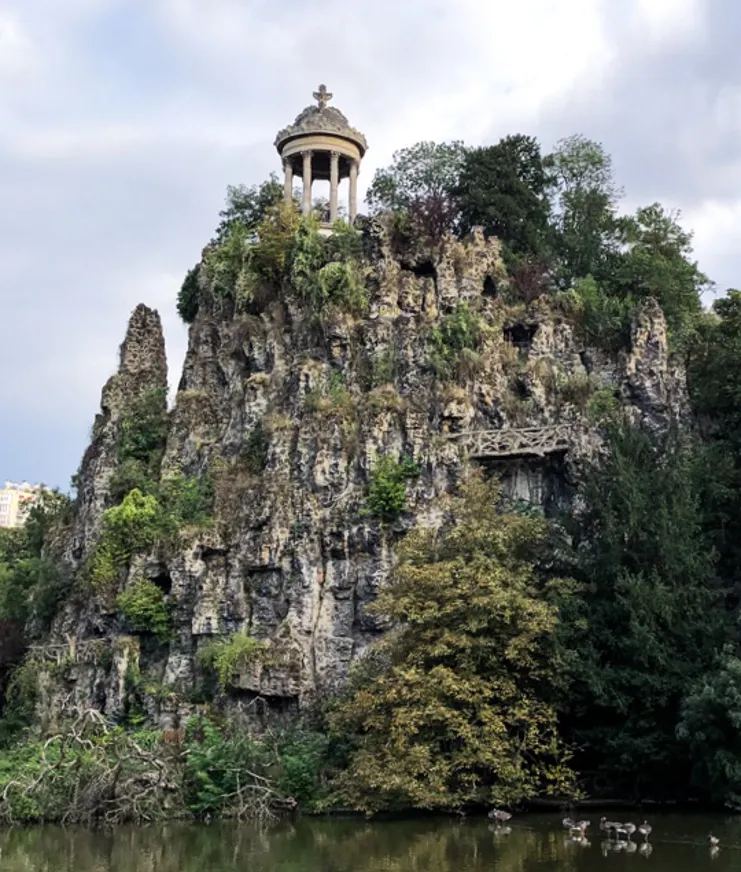
The Temple de la Sibylle is a miniature version of the ancient Roman Temple of Vesta in Tivoli
Dinner’s not far off. Go for Le Baratin, a little wine bar where Argentine-born chef Raquel Carena cooks dishes from her chalkboard menu. Or, try Le Cadoret, a lively classic bouillon set in a Belle Époque cafe with a zinc bar to match. Another good choice is Le Grand Bain, a loveable wine bar with excellent small plates (the panisse, bite-sized chickpea fritters, are a must-order).
After-dark happenings can be found at La Bellevilloise, a multipurpose space that hosts art exhibitions, concerts, and cocktails in the back garden. Next door, La Maroquinerie, set in a former leather factory, offers concerts and dance parties that run late.
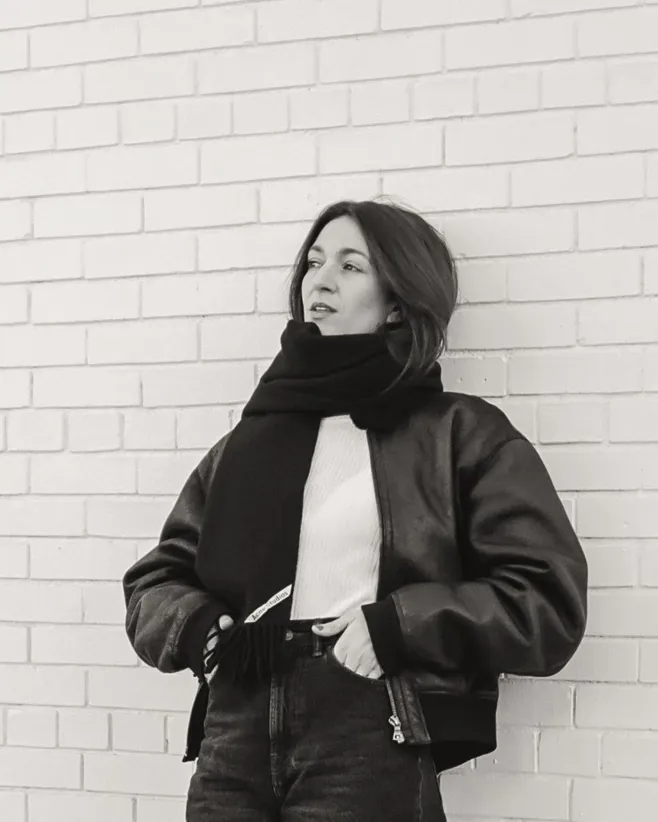
Dizonord in the 18th. It has a great atmosphere and everything is nicely organized. Their selection offers a large palette of genres and varieties without feeling overwhelmed in terms of quantity.
Betino’s Record Shop is an institution. There’s also Superfly Records if you are looking for hip-hop, reggae, funk, jazz and…disco!
Finally, we step over the Seine and land on the Left Bank. The Saint-Germain-des-Prés of today doesn’t have the youthful, edgy energy of Belleville, but it’s easy to imagine the quartier buzzing with artists and writers, as it was in its bohemian heyday. Now, its winding streets are lined by some of the city’s best boutiques, bookstores, and bakeries.

Behind the scenes at Poilâne, where hearty sourdough is made
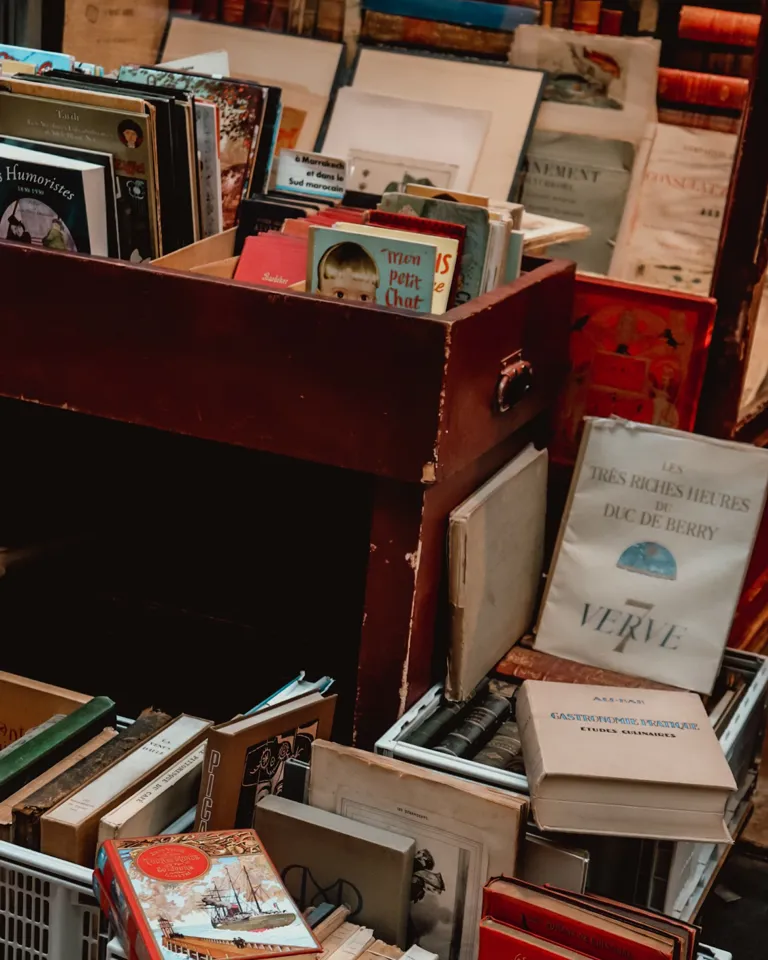
Saint-Germain-des-Prés is brimming with bookstores
The most essential bakery, perhaps, is Poilâne, maker of a hearty sourdough that dwarfs the typical baguette. Take a hunk to go—to have with cheese in the park, perhaps—or stay and order a tartine, an open-faced sandwich topped with soft Saint-Marcellin cheese or sardine paste and a slick of olive oil. If sweets are more your style, there’s Gérard Mulot, a bonanza of eclairs, cakes, and viennoiseries.
Head to Galerie Kamel Mennour, a prestigious contemporary art gallery inside a hôtel particulier. For an alluring contrast, walk a few blocks to the Benedictine Abbey of Saint-Germain-des-Prés, the oldest church in Paris. (It was originally built in 558 and rebuilt after fires. The accolades remain.) Continue towards the 7th and you’ll reach the Musée Rodin, an extensive collection of the sculptor’s work housed inside the beautiful Hôtel Biron—the artist’s fabulous former studio—and surrounded by peaceful gardens.
In between galleries, step in and out of bookstores. Taschen, the publishing house’s first store, was redesigned by Philippe Starck in an elegant, minimal style to honor the literary history of the quarter. Librarie Assouline is home to a vibrant collection of travel, design, and art publications. For something more classic, L’Ecume des Pages is a cavernous temple of books that stays open until midnight. Many roads point to the Jardin du Luxembourg, one of the city’s most romantic parks. Bring your new book, grab a green garden chair, and plop it wherever you’d like. You might even catch a concert under the pavilion.
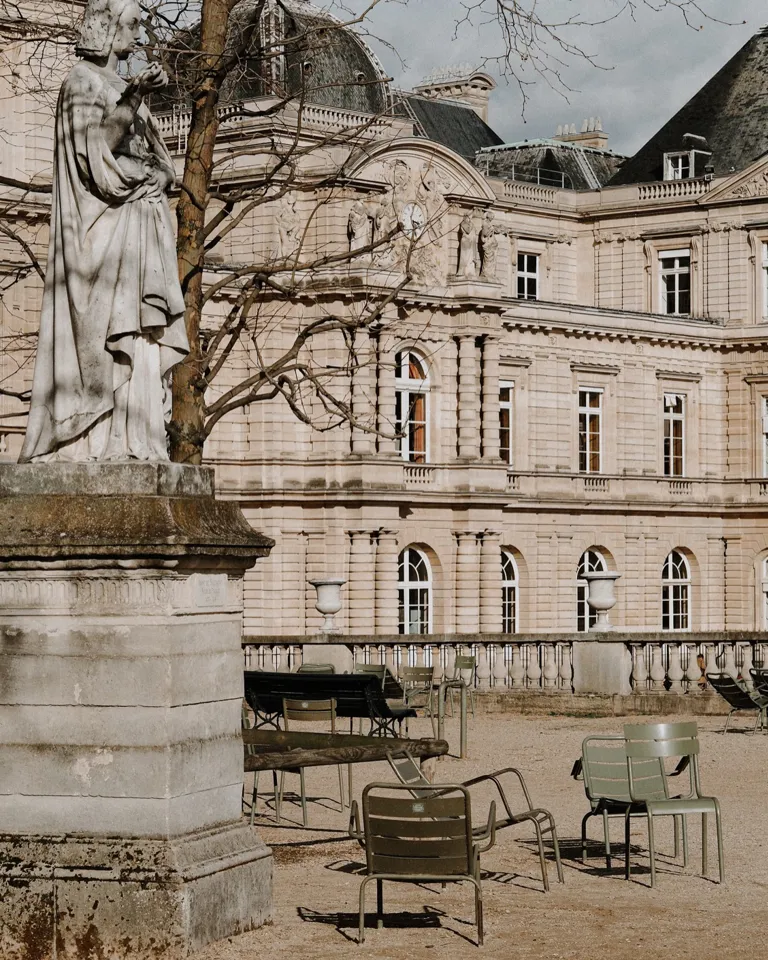
Left: Jardin du Luxembourg; Right: Musée Rodin
Come dinnertime, there’s Sauvage, set in a small, Scandinavian-inspired space that serves considered small plates and natural wines by the glass. If the evening begs for more, it’s a lovely walk to Caveau de la Huchette, the famed underground jazz club that swings late into the night. From there, right on the Seine, music echoing in your ears—it may be a good idea to walk home. You should know the way by then.
Words Allison Reiber DiLiegro Date 29 October 2021
Images Ricky Chapman, Klaudia Czarlinska, Hanni Pannier, Philippe Vaures Santamaria, and Justin Sisson

We’ve assembled a collection of walks through the neighborhoods of Paris with our singular hotels as their starting points. Click below and off you go.
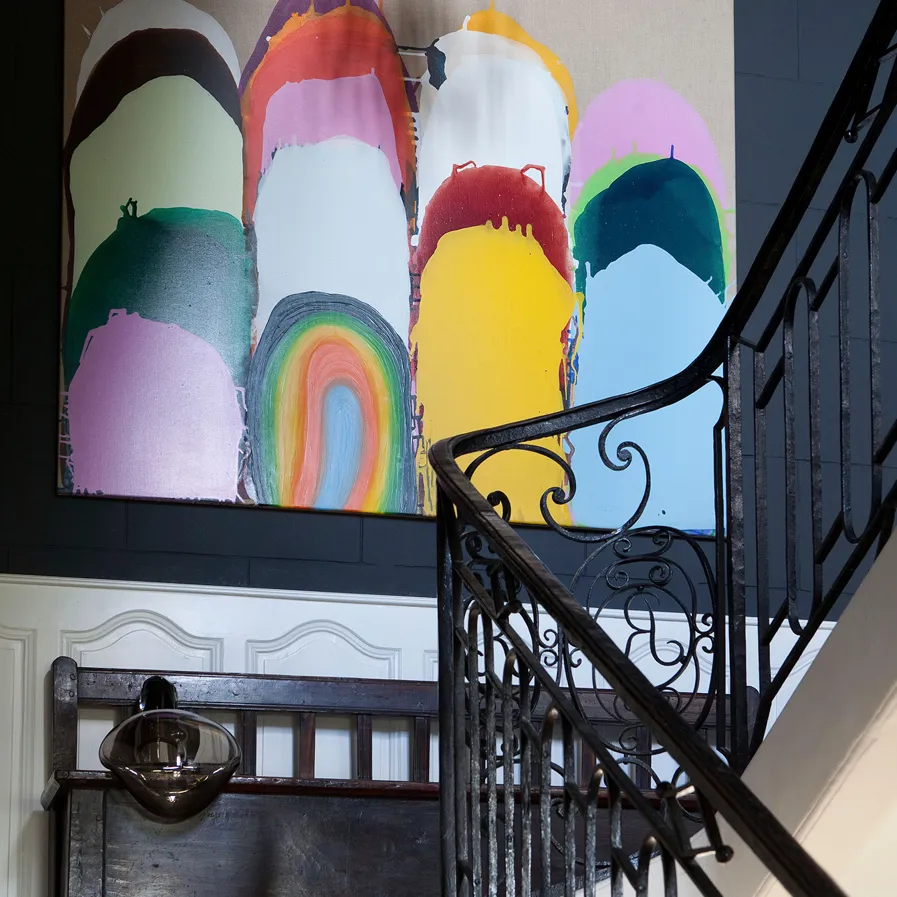
Design
Whether you’re lounging surrounded by artworks of Jean-Michel Basquiat and Damien Hirst in New York’s Soho district, or waking up in Cologne surrounded by Le Corbusiers, expect the unexpected at these five extraordinary properties created by art collectors.
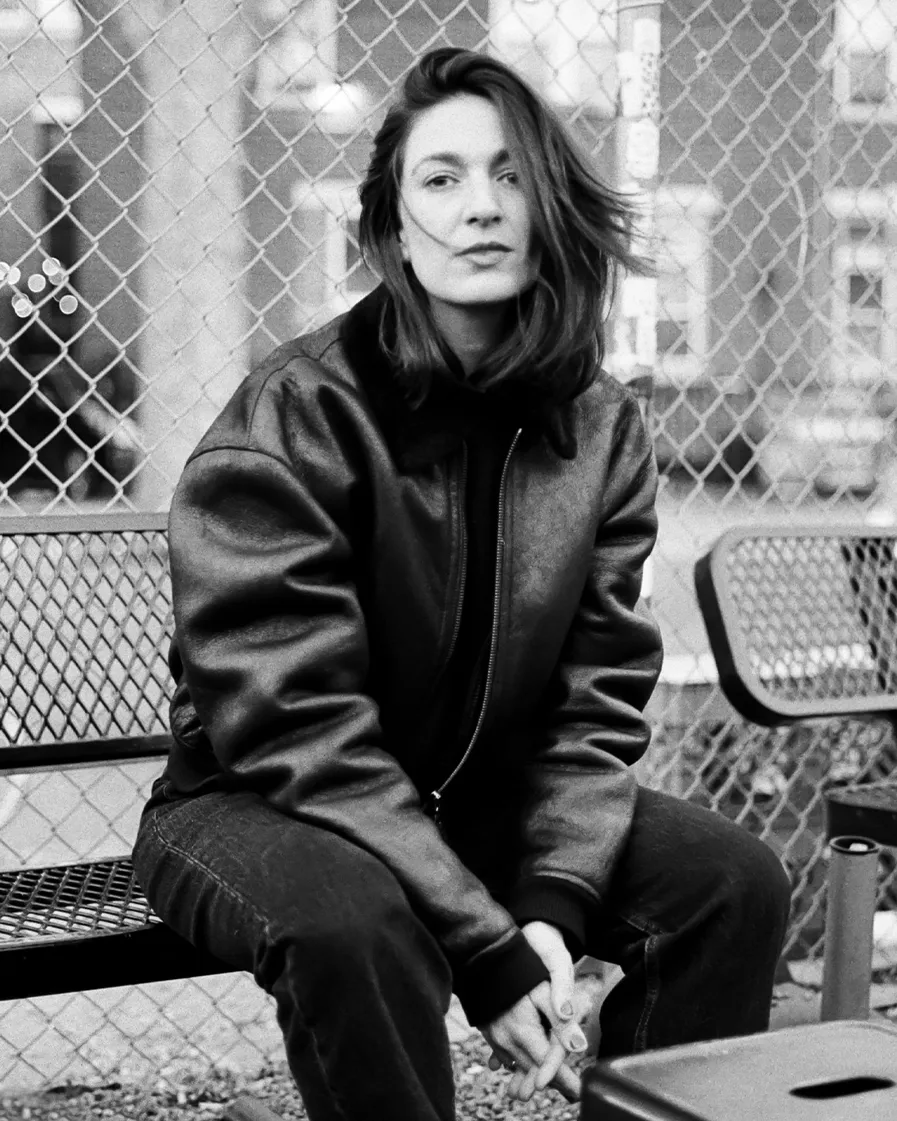
Design
With an extensive palette of genres from disco and house to funk and electro, Claire Marie Rutledge has an unprecedented gift in curating soundtracks for her clients at the female talent agency, Les Filles. We chat with her about all things music.